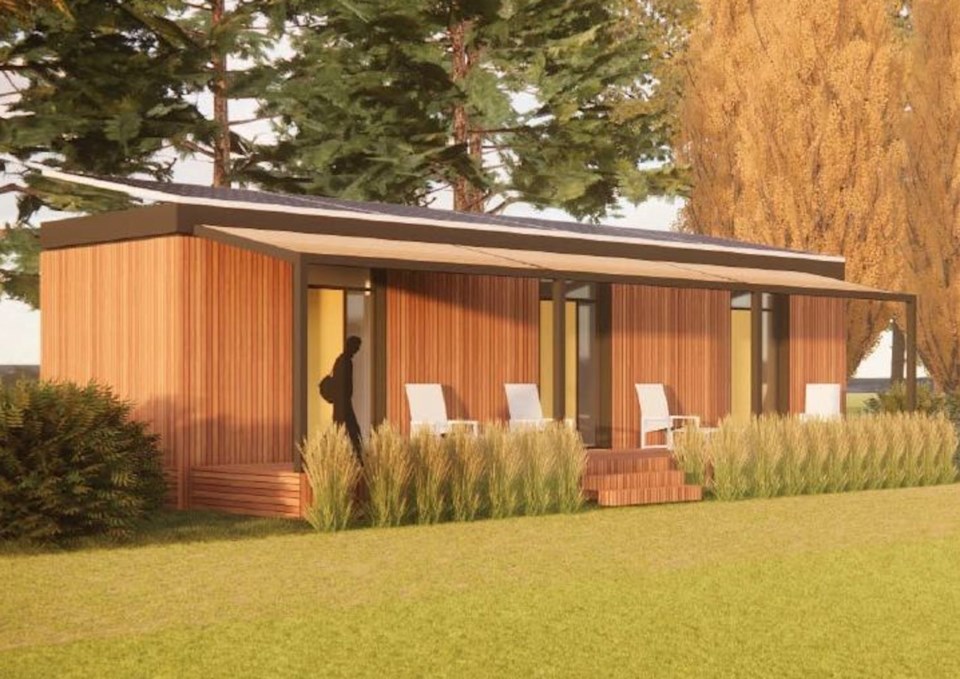A new study suggests an imminent surge in mineral exploration and processing also provides a new opportunity for the forest industry.
The Thunder Bay Community Economic Development Commission released a report Tuesday that outlines several benefits from using mass timber buildings rather than traditional construction methods at mine sites.
CEO Jamie Taylor said the study undertaken by the commission presents "a compelling case for mass timber as a cornerstone of sustainable development" in Northwestern Ontario.
The report, supported by the Thunder Bay-based Centre for Research and Innovation in Bio-economy (CRIBE), focused on the use of cross-laminated timber for the mining sector's infrastructure.
It found that mass timber buildings show a significant reduction in global warming potential over a 30-year span compared with other building methods, effectively emitting half the amount of carbon.
The authors said mass timber's intrinsic long-term salvage value also outperforms that of conventional light frame construction, and that this advantage is reinforced by its more enduring and resilient structural system, which makes multiple relocations possible without degradation.
There are social advantages as well, given that the availability of seamless disassembly means structures could be repurposed, thereby offering flexibility in community planning.
The prototype design for modular living quarters and auxiliary structures includes plug-and-play mechanical and electrical systems, facilitating maintenance and adaptability, and making it easier to relocate them to other sites without compromising structural integrity.
"This study brings forestry and mining together and illustrates the multifaceted benefits of employing mass timber in the construction of workforce and mining camps with a focus on the environmental, health and economic impacts," Taylor said.
Recommendations coming out of the study include engagement with stakeholders from both industry sectors to drive the adoption of mass timber for new infrastructure, and the allocation of resources for further studies and prototyping.
Chris Walton, CEO of CRIBE, said mass timber construction presents "a tremendous opportunity for the mining and resource development sectors to reduce their carbon footprint and project timelines."
A detailed presentation of the study will be presented to stakeholders and the public on Thursday at the Cen Can Expo Conference at the Elks Lodge in Thunder Bay at 1:20 pm.
Experts will provide insights into the findings and their implications for the future of mining infrastructure.
— TBnewswatch




